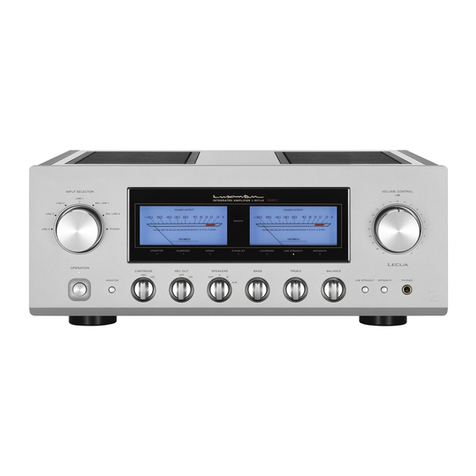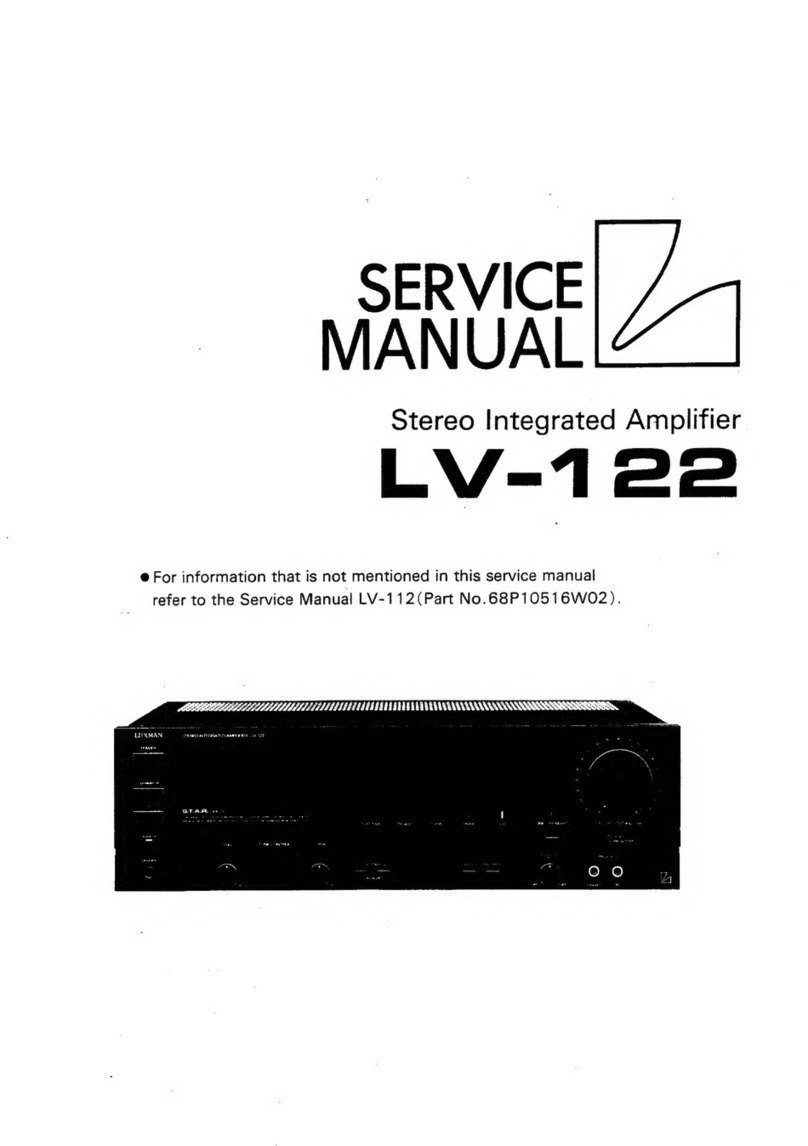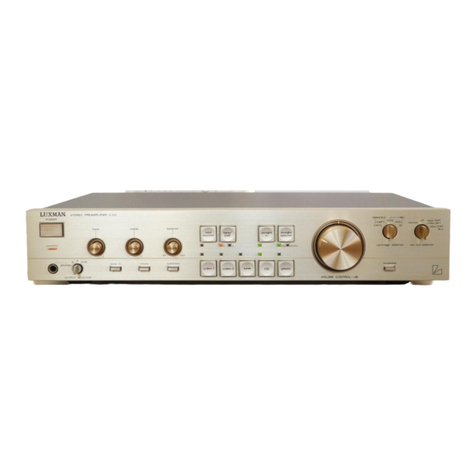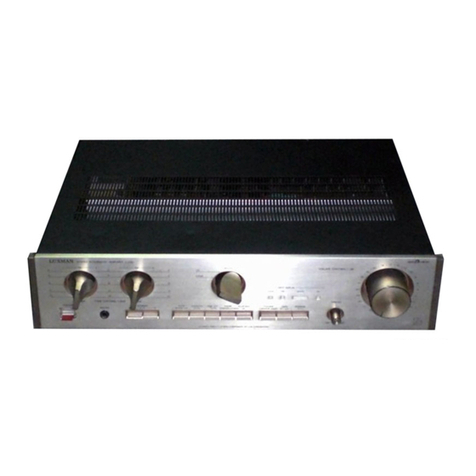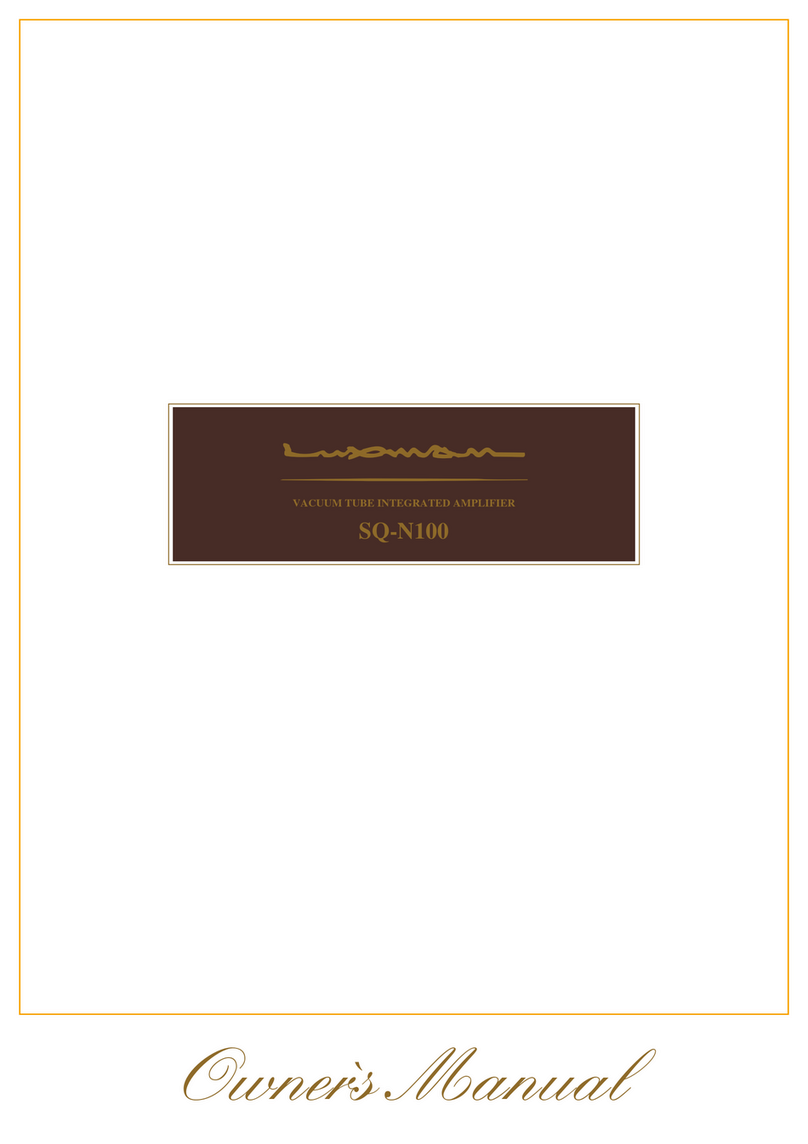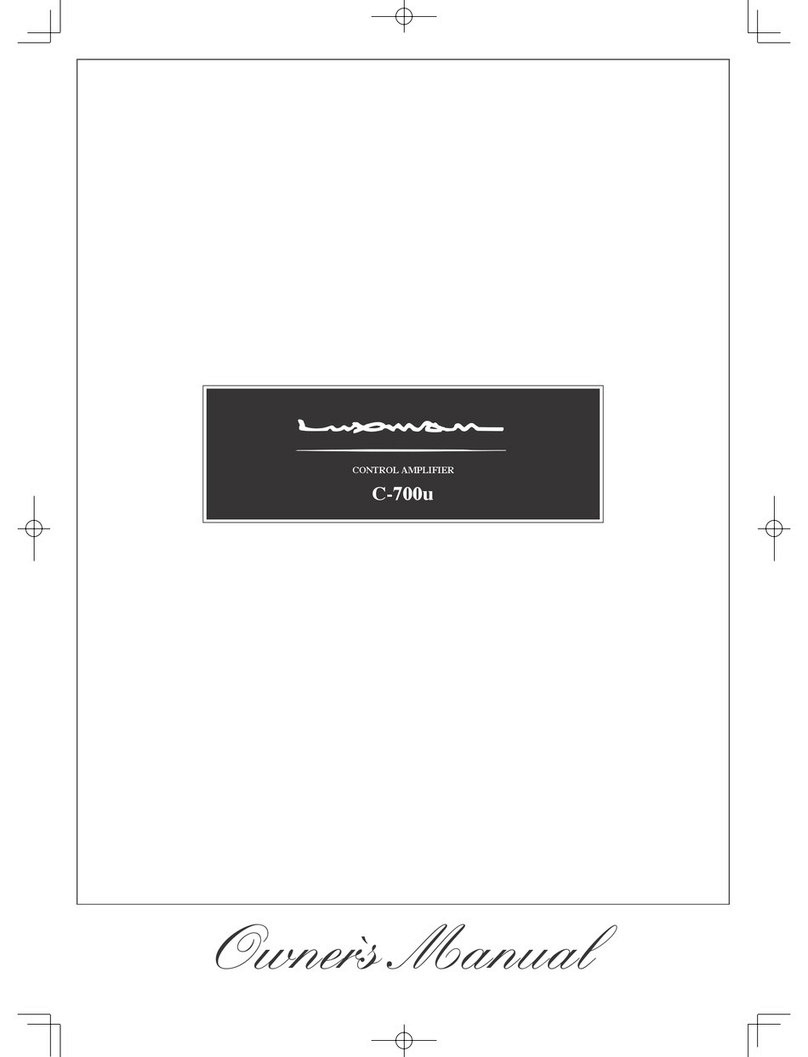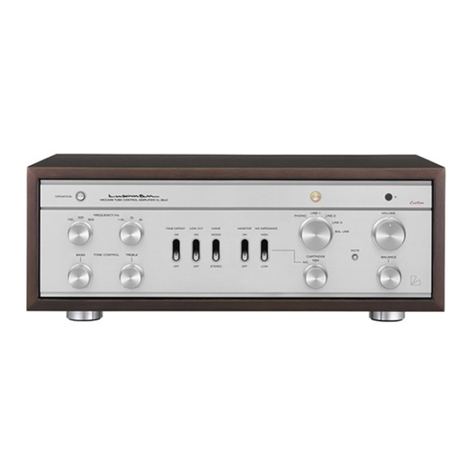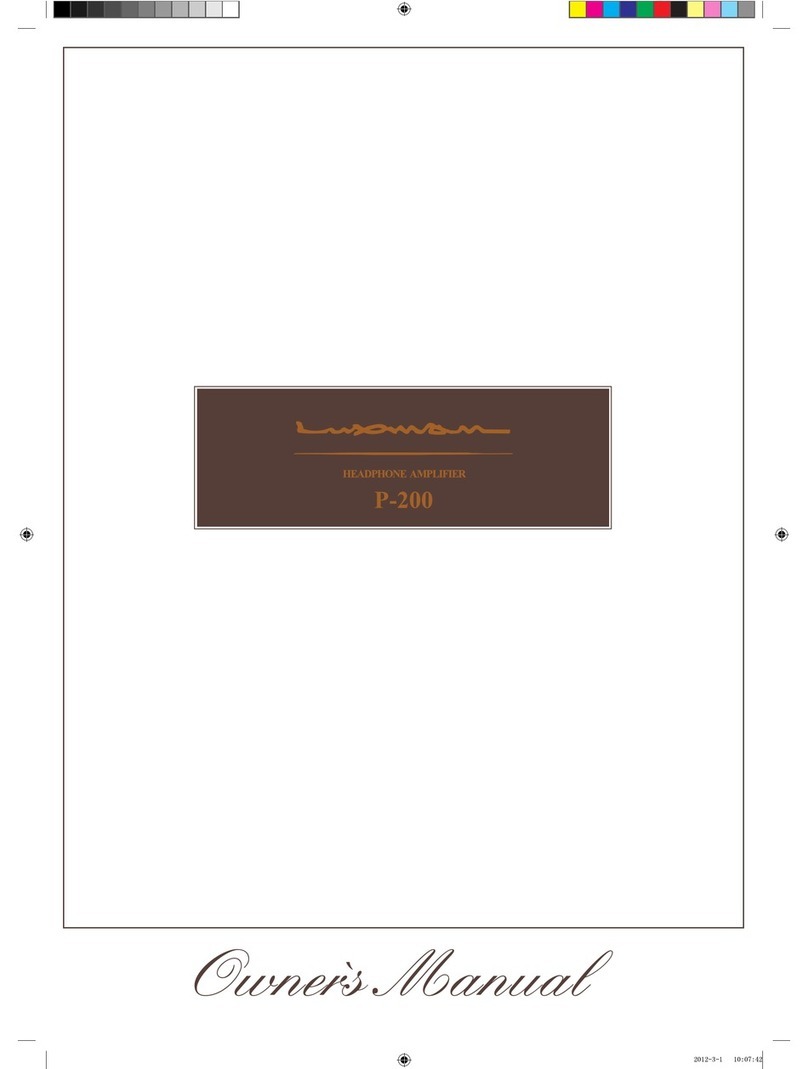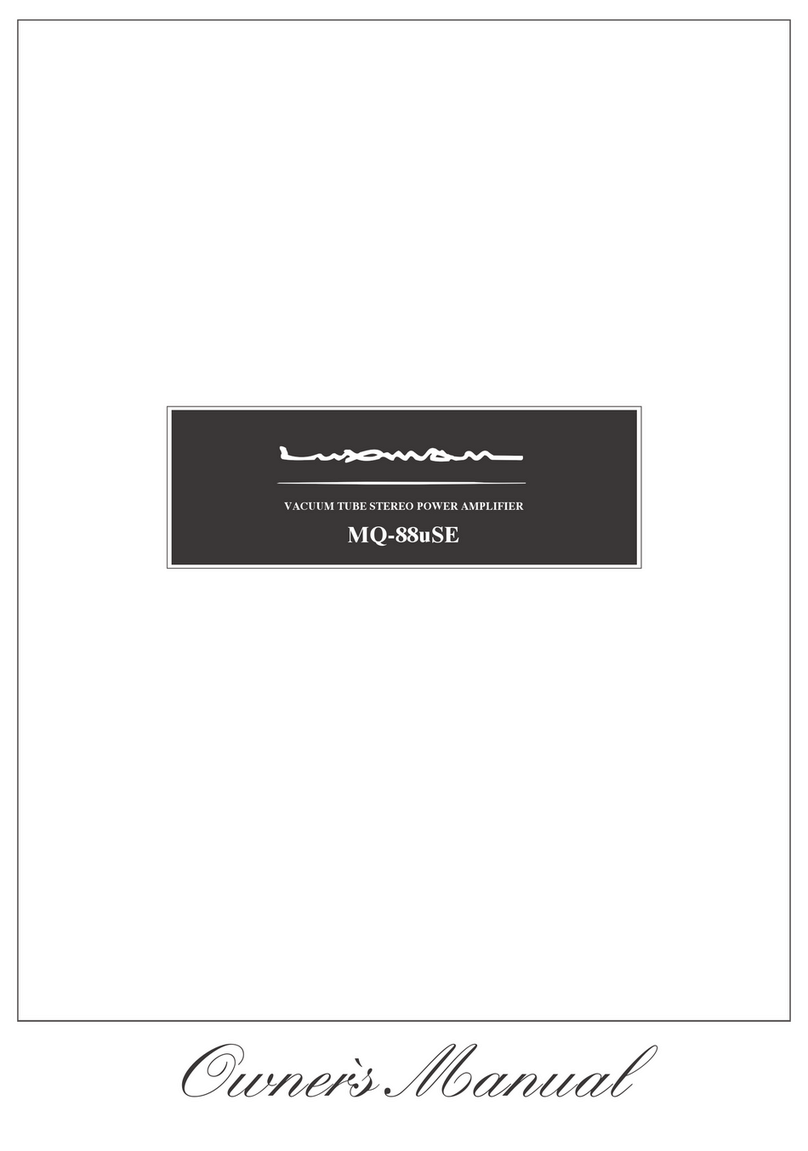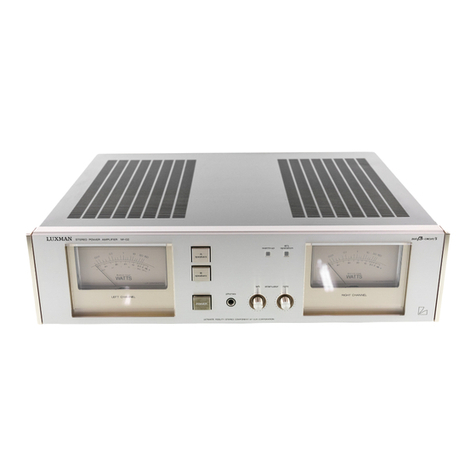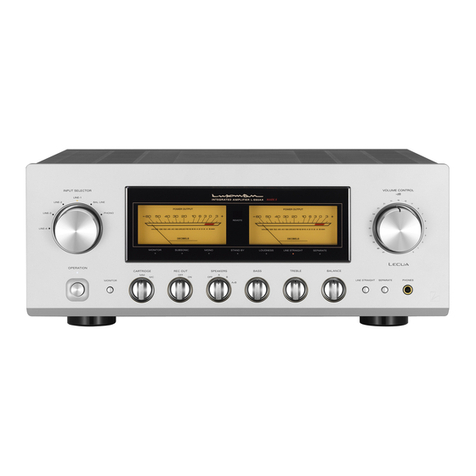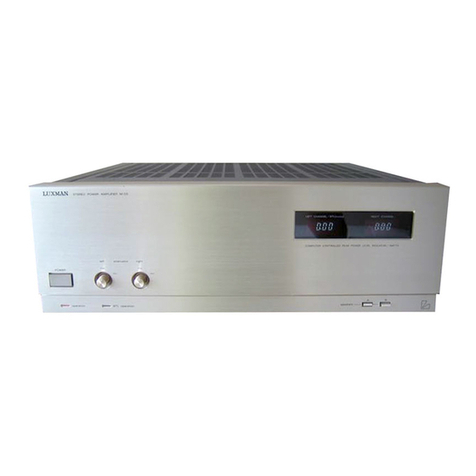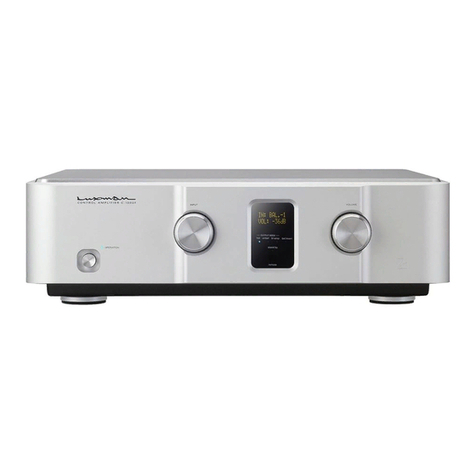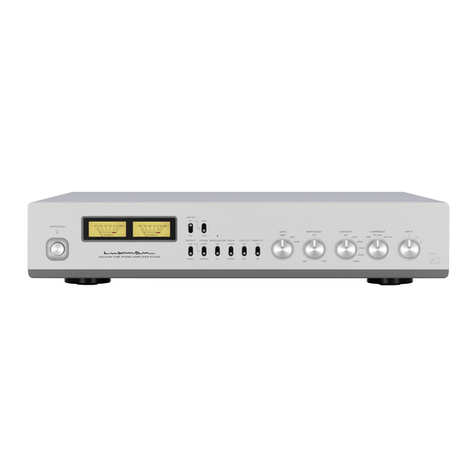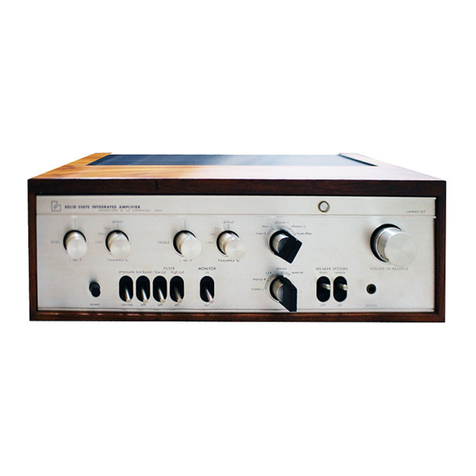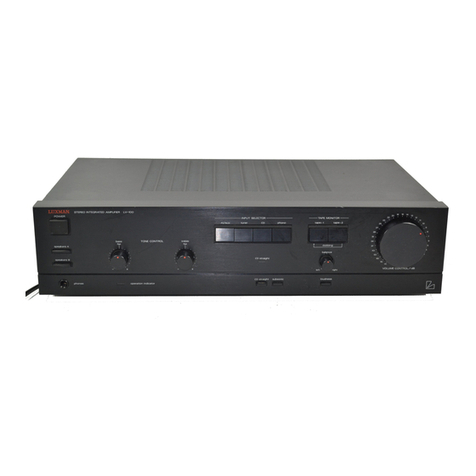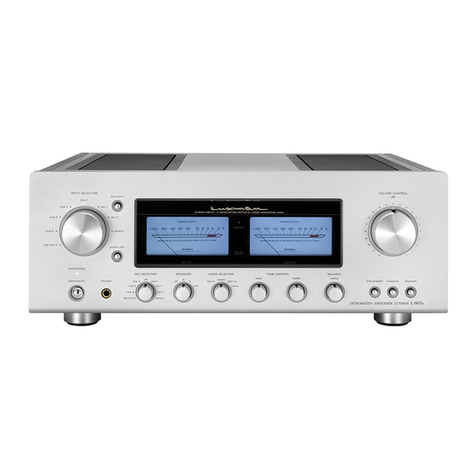
ca
ae
oo
Cont
ce
oe
Siloti
ae
afond
obued
a
3.
.
ow
3
ae
eS
i
of
pes
Cc
a:
2
uO
ee
Se
Oe
eS
OQ.
oe
ee
os
=
5
8
fC
€
Ose
ow
"
oe
or
=
P
Cc
.
OQ.
O
set
2
fae)
©
‘S)
i
a
wm
ts
®
my
we
Ci
ii
smu
Gus
ae
fa
ae
ly
Sour
‘ase
enous
ae
ly
ere
0)
esas
pe
ee
ee
ba
feet
Oa
a
a
Se.
OOO
@
tf
wo
go
ro
A
ONO
mee
4
io
Ooms
eS
ao
OC
Seria
«2
Mag
aes
;
Che
ee
eg
Loe
oo
j
O55.
Wee?
ger
oy
ee
cv
SE
S
nv
£4
}
OTe
mM
Dp
ft
and
i€
mM
ir
a
Svat
CO
NA
ME
aS
REN
SNALSESHIIERTS
videos."
aR
RONAN,
a
oO
on
eg
eee
‘
>
Soe
ee
Oe
ho
oe
fos
me
VG
|
i
iV
Wwe
fy
VA
e
r
y
the
ron
ine
er
oat
on
eC
erence.
su
'
ED
eee
oo
ee
a
Qo
—
e
.
Z
GO
eet
a
and
see
2
a
i
ee
OD
iA
WO.
es
Q
boa
a
Se
eee
et
et
Oe
cou.
a
-—
g
Doh
eo
ES
CY
oo
7
pe:
eee
ae
i
O..
Oe
SO
eg
eee
H
-_
>
BO
Ae
Tg:
lS
a
eo
Ou
9
k
rd
eee
paciiee
weed
c
sad
|
i
ee
Oe
a
ONO
SE
ee
ate
4
it
Oe
“Sy
a
a
2)
See
OD
Cy
oe
ie
de
§.-3
je
ag
po)
am
fi
(-)
2
ea
oo
3
i
2
i
:
~
©
Rafe’
©
Rae,
rears
ees
|
sia
ae
~y
i:
é
:
7
:
Oo
LS
ood
pecan
wo
a
oO
i
Mee
oe
en,
5
pe
ee
Fess
bor
se
og
Eg
oe
iS
oO
OO
wo
ee
i
i
es
eee
|
wi
Sve
Gee
or
=
>
S
Ooo
Oe
||
i
Lae
Arie
a
One
aed
ee
Os
ee
Oa
i
Jobedel
aE
Ce
a
Sos
O
en
ven
i
/
Sl
ae
ED
On
4
=
Go
Oe
Se
®
5
I
/
Beak
Sor
Deg
Oy
©
Oe
Oe
Cy
ae
i
i
ees
os
c
Cc
Og
ae
ee
eee
Ry
:
ioe
i
6
Ste
Cc
Ow
Se
O
bo
;
eee
id
”
Soe
Sse
gee
|
ees
ee
=
o
G
cee
OS
rr
ry
i
Oss
se
Dae
conidia
ag
a
3
2
4
a
Cy
ie
Spl
ewe
deed
wee
on
ri
|
|
e
é
‘
:
FP
ee
mein
ee
ee
|
aes
tte
cates
sar
sem
tne
niin
is
sea!
cram
Genin
as
afin
Sa
abn
picts
ue ei
i
|
ee
po
i
pol
|
i
i
r
‘uewscay
cman"
eteein
ne
akong
Nia
etme
Rafaeli”
mca
a
a
a
a
ee
a
ee
Pree
3
ae
o
a
2
hog
i
i
Po
aa
:
;
;
a4
a
i
i
r
‘et
iam
°
incon
wesecin”
vem
eo
Ne
tah
“dR
init”
Cone
«mamta
SON
non
eee”
“tier
emis
Wabi
tiem
Meniede
“Seam” Soumii
wrapoukt
ume
|
eens
vowina
vast
.
coe
ae
G
7
i
5
YY}
i
ae
ea
J
Se
Oe
DE
ce
Lo)
i
j
|
go
Rome
etme
Smee
“secera
-
au
mn
eee
“er
“eum
antisites
image!
mae
Rha
wie
“WUE
oon
sear
mikocd
wenn
ican
sem
-
wince
cine
well
ON
O
po
erat
LOT
ae
Cc
t
i
{
a
pe.
cm
rol
Sree
a
ei
wo
te
ONS
Se
oe
G.S
©
it
acne
one
ee
@
>
arr
es
a
Oca
ars
om
mn
>
gros
oe
i
f)
SS
=
(De
(ap)
es
mis-con-
wees
OS
mp
es
Oe;
ub
rep
eee
Onl
rm
h
f
p
a
speaker
to.
th
fi
m
QoS
w
Oa
ab
eee
ee)
vee
are
ew
-
fo
CE
aaa
sed
tf)
a
pose
bea
co
Fe
oe
¢
MD
‘
ed
(@3)
wo
San
y
eave
On
|
uen
is
¥
s
:
I
j
Pp
“itl
-|
ql
n
|
t
(
&
req
LS
eee
ow.
f
{
|
g
ne
ae
b
tl
}
C
tched
for
some
reason
(e.
e
ma
the
ro
ae
-
ams
©
ee
Sago
©
no
ieee
ret
meal
:
Bs
=
ae
One
Boe
20)
;
.
en
eal
me
emmen,
C3
OS
&
O°.
O08
Oyo
a
Qo
on
in
pee
©)
qo
ee
:
ese)
se
ab
pe
See
ed
Eg)
oral
me
Cc
a
3.
mi!
f
f
Speakers:
a
T
Kers)
p
Stable
playback
cannot
be
(
nal
to
the
a
speaker.
|
spe
term!
=
wast
Tee
ee
OS
ion
oO
iC
Peeey
ie
nN
nN
Dp
a
Q
Nw
oO
GS
Oe
Goes
Q.
re
as
ie
cane
eer
Se
eee
a
2)
Sis
pees
O
fw
Og
@
Pit
<
QO
COR
£
{
|
|
a
|
:
|
EISEN
ROSTERS
ER
Ia
re
ease:
EEE
ES
SEI
RTE
aI
BREE
ARTEL
EE
n
if
=)
=
the
left
ctio
qy
OYE
Jes
et
pores
oe
eee
ohaet
:
ob)
a
(
tl
a
e
Connect
phase
is
\
Nn
(
t
mettre
ater
etneartaineewaraiancsact
eae
ionaaanchatennarteibeniireaer
ara
&
ar
MRR
uRRR
TENET
ey
ee
0D
|
qe
O
2
gp
}
OD
SS
:
Oe
es
@
Qse
9
Orie
SOP
Os
:
Dye
OO
=
TS
)
a
i
@
e
}
th
iped-
ces-
e
rtas
AUX
i
oe
th
e-
eS
d
for
)
fz
;
h
m
{1
unne
e
sho
ly
for
high
impedance
,
s
afd
2)
cc
Ss.
we
a
Or
GaSe
ON
gM
See
See
|
s
sho
e
he
aud
IO
e
to
be
su
iS-use
(REC
OUT
a
Tt
3
t
HO
eda
e
Oo
ee
*
epee
oe
pe
Sets
eee
$2
OO
G
ey
oe
—
=
OS
eg
>
oN
N
C
y
impedance
bi
id
output
in
u
i
put
t
i
€
a
C
Dp
O
ry
5
S
C
a
oO
ee
DE
ep
EO
ed
outo
able
gned
a
Qi
L
!
UJ
Ir
(a
Su
ite
ift
Ng
ut
|
ce
a
Ge
we
S
+
h
it
ox
ww
ee
0
S|
d
a
S$
A
so-
de
OO
Bi
a
a
Re
—
ape
>
©
aS
ap)
fae)
“cs
inpu
fa
h
19
S
y
lo
Lara
on
we
a}
6)
an
bent
rap)
ith
‘4
ee
oo
oy
cn
te
oe
a
nis
-
Cmca
=
te
3
Sg
eS
oaeem
OD
ae
Qe’
Ue
ee
oy
£
i
a
r
T
=
d,
especi
a
Yr
t
peda
es
CG
rss!
Oe
=
|
re)
One
od
gt
;
.
t
ry
UTD
eee
Lad
£
ee
|
/
ite
ee
a
esol
S
On
Ove
es
oe
og
=
SG
OB
Ge
Oe
Oe
Gai
ey
O ®
Lhe
SN
Tan
(
seri
ern
|
a
Seite
me
SZ
{I
V
ei
se
Y
C
compo
be
|
wees
2
Gs
eee
A
|
:
e
sak
O
r
is
[i
nec
cvemeterentnene-nceetnoneeneaerientnarestsinencemesiosinasitanicatainatinanniaintentn
f
/
eae
Sad
é
AT
|
WA
iat
Cc
SAVER
Ae
oe
eases
SAGE
}
t
le
y
e|
re
es
a
Cy
Ga
NS
ee
ean
Be
Ce
Pa
a
Ee
we
CT
Uy
oS
eee
SO
Re
Oe
O
~
Lesa
€
)
pea
araved
ASS
@
CZ
a
a
OOOO
ee
ey
Oey
a
5,
he
eee
Ps
oe
por
Qe
ee
Q:
a
™
ga
Cy
ee
OLS
ae
~
=A
ge
eR
ps
On
OL
On
ees
OOS
eB
O
a
ay
po
ee
ee
Me,
oa
O
bens
0)
Gone
on
s
“eon
2)
Bafeaion
OO.
iene
@
pet
OO
CO
pore
rok
east)
=
Ooo
palace
8
ors
42
|
ye
sk.
~
pee
cs
OO
oe
TAO
—~
Ayo
Oy
ORE
ae
CyesQ
tort
©
Oy
See
he
Pe
OO
eae
Bee
690
te
De
ere
De
icy
ae
‘mite
ra
aM
)
Qo
yg
gb
ee
ayes
a
So
eed
Mee
Re
eg
Qo
ee
a
Oa
Ae
SE
One
ee
es
ee
0
qt
Q
i
‘@)
al
te:
put
|
par
eque
tter
if
r
danc
Q).
an
t
|
mend
e
@)
S
u
ne
f
fr
ma
tput
and
mp
00
S
D
a
m
a
on
k
4
+
L
|
|
u
r
r
I
Cable
(Cord
Wi
a
u
{
h
U
S
NO
eee
prox
D
u
e
e
e
the
iPp
|
Q
ny
Mm
1d
O
TI
PON
5
vi
i
es
"
va
2A,
Pad
e)
e
10
herefore,
rec
A
Cc
era
It
d
moli
SINC
\
(a
i
i
on’
MS
ava
2
wt
t
vat
od
g
Ne
als,
ently
lov
ne
re
eas
te
ayy
c
Ie
seers
On
Dee
oes
O
ao
Nokes
«beep
coAteay
on
Weer
Oterner
Beaty
A)
wolves
aoa
Oe
SC)
So
oO
erm
yee
SOS
ae)
eet
cS
r
d
C
rOX.
T
onnect
Ss
p
nt
me
p
22
i
me
£
e)
=
Nat
|
:
rf
Fi
vilannsninninseneniinaninirasnaienicnramnatanAmenepiounrstnniiea
aint
wenatnnntsnein
onic
neti
eietmaesceisnetnmmmativaiel
|
ble
range.
the
pre-a
chee
abs
€
fk
NA
ee
CO
et
an
oe
Con
oe
POLES
ets
OQ
@
2
eS
G
ay)
S
:
C
Senders
rw
™
NO
ESO
OO
Oa
t
i
|
Bunsen
tices
HS
AAA
REEMA
Rb
NI
A
RISC
TR
OM
LO
NBER
EIEIO
MESES
NOES
NG
LORAIN
NEESER
ERENT
I
AAS
ORIN
TENET
EAT
NORE
7
ond
ce
pets
ayo
aa
ie)
rag
eR
ay
res
eS
OS
@
ue)
ee
eaten
Rt
EER
RIC
RES
MPSA
OE
ESI UEN
EEN
ESTE
LOE
SU
LOCDS
MOLISE
A
a
|
|
|
|
Hi
|
|
i
Hseeeneterite
ects
anneeonrtantetainonmsnitnai
Oo
EO
+o
Q
Sense
eee
Rew
ACS
mee
een
RE
|
Fae
eee
aes
io
@
:
©
fee
O
@
r:
A
OS
—
i
\
:
i
|
|
na
Q.
a
:
i
ake
A
®
=
te
i
on
a
wa
oO
=
:
a
re
eer
=
“
:
=
eye
ame
Sd
S
©
i
Ce
ee
ee
es
H
poke
a
@
ane
i
ae)
=
@
i
wo
—
a
ok
Ge
—
tee
gp
TR
ree
:
md
OQ.
Or
KO
coo.
S
ogy
a
REN
eee
Oo
mS
oon
OS
eS
2
C2.
k
of
Disc,
:
—
S
ee
ee
ee
a
yy
ae
sed
Ce
Oy
te
eg
ee
Do
Ong
Pe
re
Te
oy
Pe
Sere
=
oO
eae
ees
oped
Loa
©
O
;
ay
ge
QD
paces
-
Mee
we
Ls
p
io
el
a
oO
input
Terminals:
laybac
a
ed
oD
son-R.
a
eRe
RS
A
A
AE
TS
ESI
spend
C3.-
wo
.
Co
a
z
afd
if
ETRE
rm
ey
a
mourners
rideeniemeennes
pa
Lo
Sete
oo
SE
SEL
Un
Senne
om
5
(oo
a
ee
ae
ee
fede
te
a
|
on
fonts
fe
=
€2O
oe
Co
c
Co
ee
13
pee
=
=
Sena
al
~~,
oy}
Oo
eos
oe)
C
a0)
Basic
Connection
p
|
Connection
to
Bese
